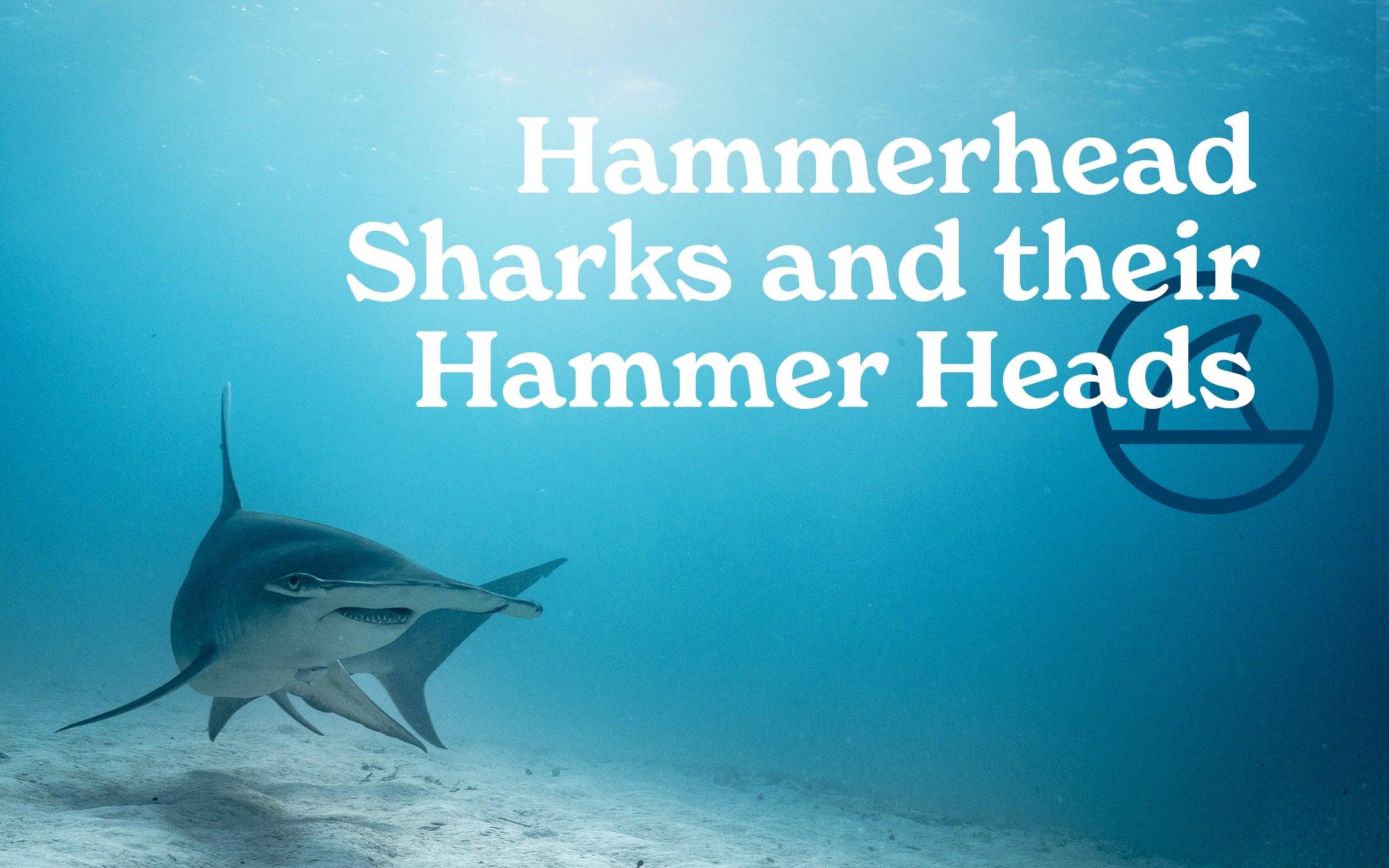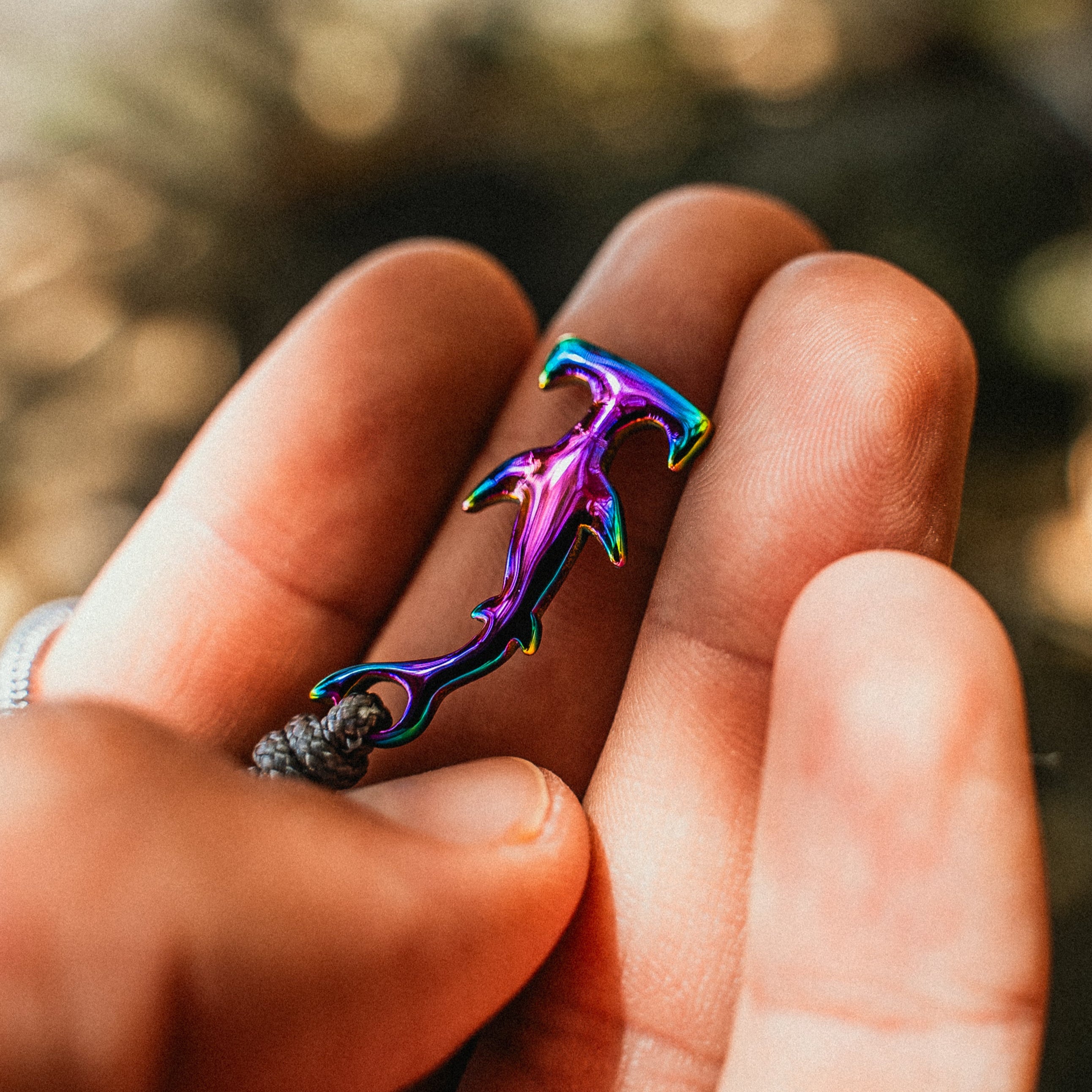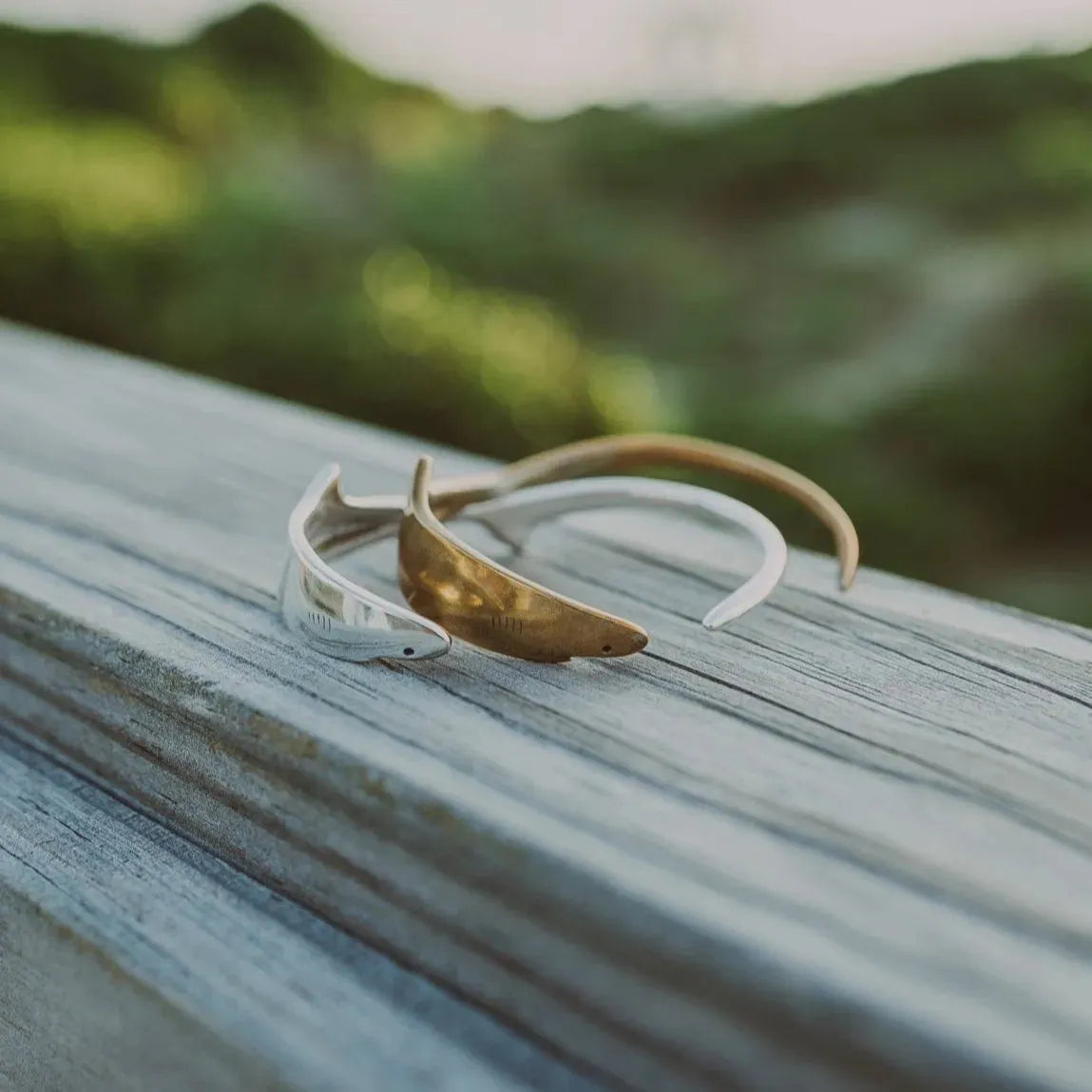
Hammerheads and Their Hammer Heads
If we asked you what the most interesting looking shark was in the ocean, you might just say the hammerhead shark. And if this was a test… you would’ve nailed it. (Get it?!)
Anyway… while hammerhead sharks have those hammer-shaped heads that look a bit clunky or awkward, they’re actually one of the shark species’ top predators. A species can’t make it to the top of any food chain out of the blue and that tool-shaped head must have evolved for a reason, right? Let’s read on to learn all about this gorgeous species!
Why hammerhead sharks have those heads:
While their heads may look a little odd, there is a purpose for why hammerhead sharks have such broad heads, and it all comes down to hunting. Their wide heads are full of sensory organs that help them detect, observe, and capture their prey.
The hammerhead’s favorite meal, the stingray, are often excellent at hide and seek (they lay flat on the ocean floor, camouflaged by sand and sediment) - but unlucky for them, the hammerhead is still able to detect them through their tomfoolery. The hammerheads have special organs in their bodies, called the “ampullae of Lorenzini”, that detect electrical fields created by the stingray.
Beyond detecting hidden prey, these wide heads also allow for incredible eye-sight. In fact, the placement of their eyes gives them 360 degree vision! These sharks can see what’s above, below, or behind them at all times. The hammerhead gives a whole new meaning to “eyes in the back of your head”.
The benefits of their unique head shape doesn’t stop there though. Once they’ve identified their prey, they can use their clunky heads to pin stingrays to the ocean floor and devour them!

Other fun facts about hammerheads:
While their weird-shaped heads may be the hammerhead’s most noticeable feature, it’s far from the only interesting thing about these sharks. Here are some other fun facts you may not know.
1. There are at least 10 species of hammerhead sharks.
While many people think of hammerheads as one type of shark, there’s actually an entire hammerhead family, and scientists have identified at least ten known species of of hammerhead sharks alone. Nine of these species belong to the Sphyrna genus (which is Greek for “hammer”), but there’s one species in the family called the winghead shark.
Depending on the species of hammerhead, size can vary. Some species, like the winghead shark, may only grow up to six feet long, while the great hammerhead species can weigh over 1,000 pounds and be over 18 feet in length.
2. Their unique head shape has only recently evolved.
Although sharks have been around for about 420 million years, research suggests that hammerhead sharks only began to evolve their hammer-heads around 20 million years ago. As far as evolutionary history goes, that’s fairly recent.
While it’s hard to pinpoint what some of the earliest hammerhead sharks may have looked like, scientists estimate that they were large-bodied animals who got slender and shorter in length (except for the great hammerhead). This is assumed to, in part, be because hammerheads evolved to put more energy into reproduction activities instead of worrying about their size.
3. Some hammerhead sharks travel in schools.
If there’s anything scarier than spotting a hammerhead shark in the wild, it’s spotting a school of hammerhead sharks! Unlike many sharks that travel solo dolo, scalloped hammerheads and smooth hammerheads are two species that prefer to travel in packs. Given that scalloped hammerheads can grow up to 12 feet long and up to 300 pounds, an entire school of these sharks can be a major threat to potential prey.
While some scientists theorize that this is for protection, it may also have something to do with migration or mating patterns. These schools can look different – some hammerhead schools may be completely made up of females, while others may only meet up during the day and disperse during the night.
4. They have great depth perception.
Another benefit that comes along with their gorgeous hammer-shaped-heads is better depth perception. Compared to some other types of sharks, a hammerhead’s vision is about three times better and they’ve got the 360 degree vision that we mentioned earlier.
The only downside to better vision is that hammerheads do have a large blind spot – as far apart as their eyes are, hammerheads can’t see right in front of their snouts. But even with that blind spot, the hammerhead may have the best eyesight situation in the game.

Final Thoughts
Hammerheads may not look like the most intimidating species, but the advantages they get from their heads more than make up for their unusual appearance. Not only can they detect and observe prey better than other sharks (as long as it’s not swimming right in front of them), but they can also use their heavy heads as a weight to hold down their struggling prey. We don’t know about you guys, but we think hammerheads are pretty jawsome!
Support our hammerhead friends with a purchase of the Bronze or Silver Hammerhead Shark Clasp or Hammerhead Ring. 15% of proceeds go back to our friends over at the Nakawe Project.










